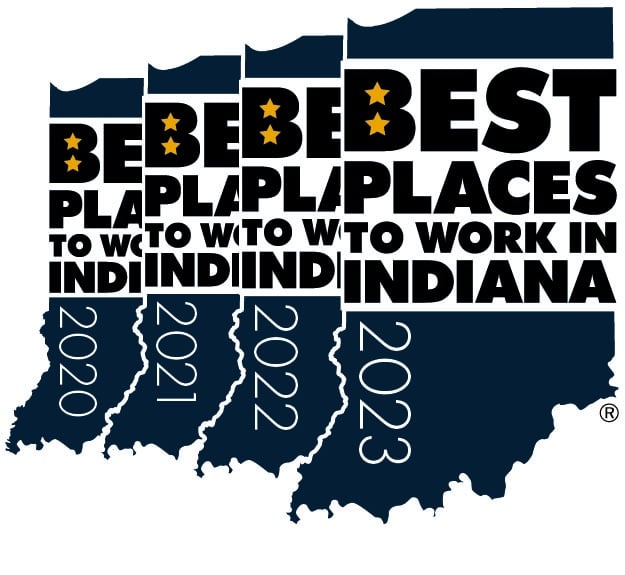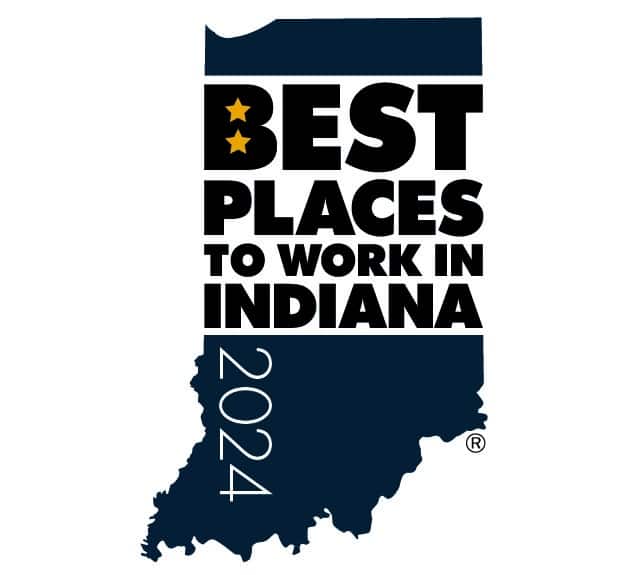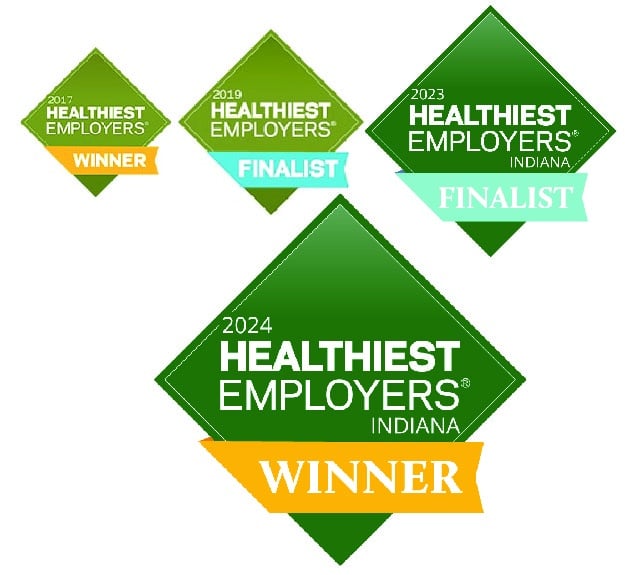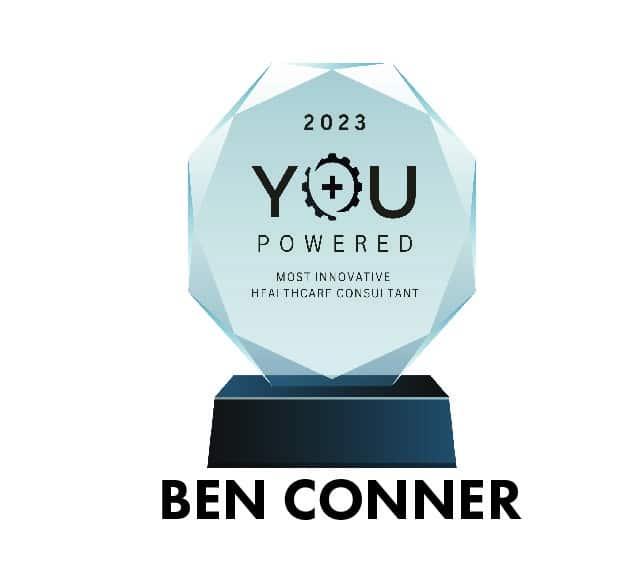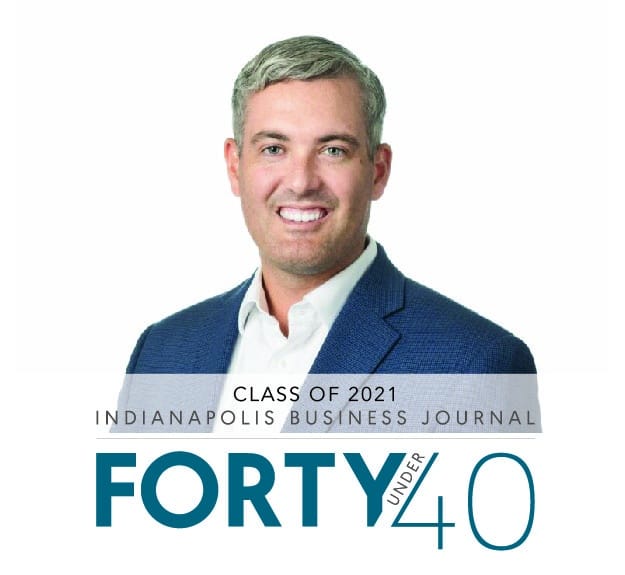Knowledge is Power: Making Better Benefits Decisions
BY RYAN SPENCER

The traditional model of purchasing health insurance is harmful to the very companies buying the plans. When it’s time for a business to renew, the tendency is to shop around with a couple of new carriers, focusing on some sort of balance between price and coverage—two topics that insurance companies rarely go beyond. If there’s any sort of negotiation in the process, it generally centers around fixed costs instead of addressing claims, which is the biggest driver of costs. For many decision-makers, the entire renewal process is built on hope: “I hope our premiums don’t go up too much. I hope we’ll get a good deal this time. I hope this new insurance provider is honest.”
Hope isn’t enough. To spark real change, companies and advisors should focus on the knowledge—the mountains of data—they already have before them. By digging deep into the data available—plan coverage, claims, usage—a good advisor can design a better strategy to reduce costs while maintaining or even increasing plan coverage.
Leveraging Knowledge
Knowledge is power. When we have spreadsheets of data, we can make informed decisions that benefit everyone involved, instead of picking a boxed plan right off the shelf. What you want, then, is an advisor, not someone who simply specializes in crunching numbers and maintaining the status quo. You need a consultant. What you ultimately buy isn’t coverage on the hospital bill when you injure your back cleaning up the yard. What you buy is the knowledge and strategy necessary to cover as much of that hospital bill as possible while maintaining or increasing your current quality of care.
Knowledge also means knowing where to look to have the biggest impact. Instead of concentrating on adjusting the fixed costs in a plan, advisors should address the claims, which is where 80% of the costs come from. From here, we can make important strategic decisions and begin asking meaningful questions: Do you need additional coverage? Do you have too much coverage? Analyzing the claims empowers us to make strategic decisions in coverage customization. As we pinpoint services or coverage that may be missing or need to be removed, we simultaneously influence the overall costs, typically in a way that’s beneficial to both the employers and the employees.
If there’s any conversation around fixed costs, it should start with a simple question: “Does this add value?” If a feature doesn’t create coverage that an employee will use, it’s nothing more than a shiny accessory that does nothing to enhance plan performance. As we become more disciplined in what we add to a plan, we become better at designing a plan that meets the needs of your company’s unique risks.
Under the traditional model, we only have one or two levers to pull in order to reduce costs. When we’re working with large data sets, those levers multiply. Underneath our mountains of data, we find numerous methods to slash costs while maintaining coverage that’s just as effective for the employees.
Knowledge is our most valuable resource. When an advisor is equipped with the right facts and figures, we have the capacity to drive significant health opportunities and financial results for the people we serve. Without that information, however, we’re doomed to continue falling into the same traps the traditional model has fallen into.

